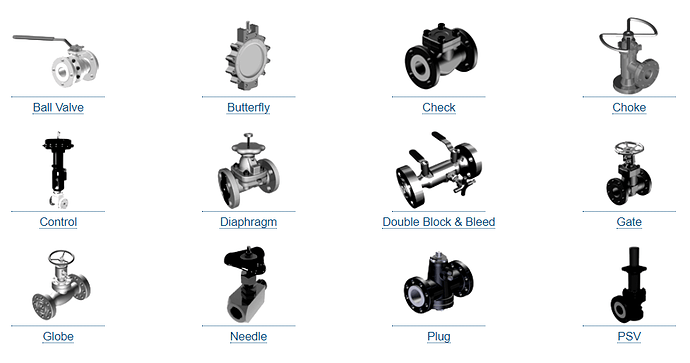The primary function of a ball valve is for creating isolation i.e. on or off. Secondary function can be flow reduction which is restricted by a reduced bore in the ball and tapered profile in the adaptors.
The seat to seal interface in a ball valve is made between a highly polished ball and a similarly smooth surfaced seat, retained in the seat pocket of the body and / or the adaptor. Energisation of the seat to seal interface in a floating ball type, is assisted by the pressure in the process.
When the valve is closed the process pressure pushes the ball slightly towards the downstream seat, creating a mechanical force against the downstream seat. The process pressure therefore assists the existing mechanical forces inherent in the valve design in creating the seal.
In the trunnion mounted ball valve, the ball cannot move. In this design, the process pressure pushes the upstream seat against the upstream side of the ball. In trunnion mounted ball valves it is common to have mechanical assistance for the seal by using either Beleville washer springs or spiral wound springs in behind the seat holder.
Ball Valves are generally either 2 or 3 piece bolted construction, however, in the pipeline industry, valves are very often all welded for safety reasons.
Ball valves must never be used for throttling (i.e. using the ball in any semi open / closed position) as this can result in erosion of the sealing surface. Ball valves which have been used for throttling will generally show a wear pattern on the leading edge of the ball bore.
Ball valves are typically quarter turn valves. By rotating the ball by the operator, via the stem, through 90 Degrees rotation, either an on or off flow condition can be achieved within the process.
source: score-europe
